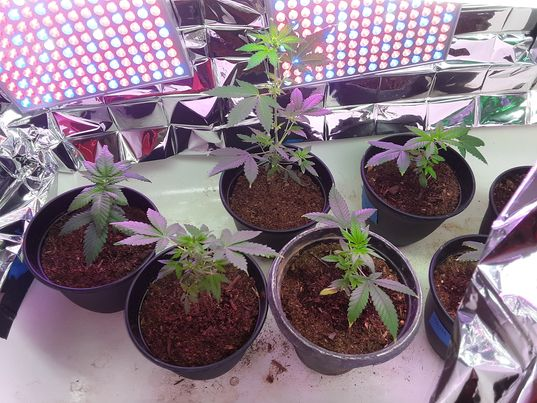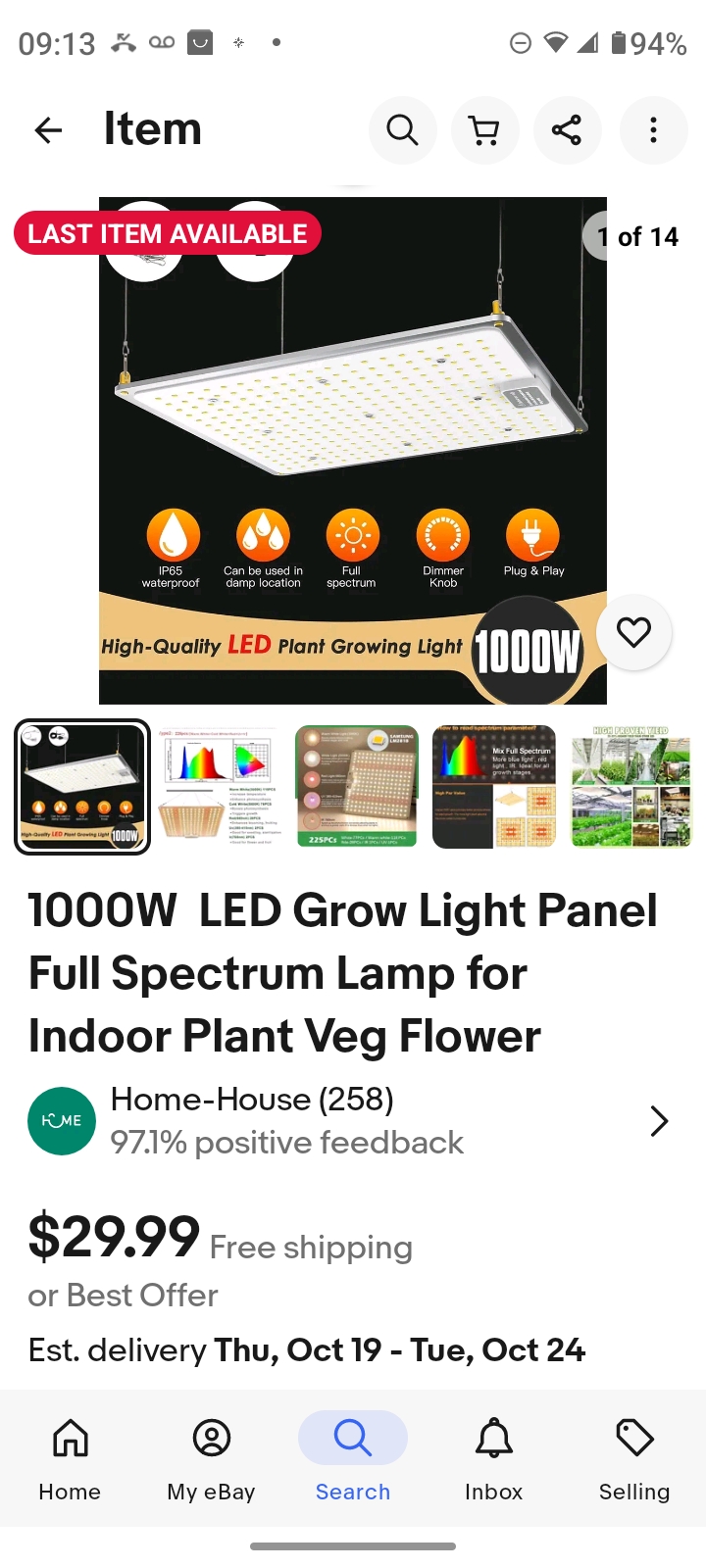Your light is crucial to a successful grow from germination to flowering. A lot has changed since the bad old days of the Metal Halide and High Pressure Sodium lights of the 80’s. Those were expensive to buy and expensive to run. The heat generated from them would give away a grow site if the cops used thermal imaging cruising past the grow house from a squad car. The electrical companies would also report unusual consumption to the authorities in some instances. Great strides have been made in both fluorescent and LED light sources. There are some ins & outs to be aware of…
Fluorescent Lights
Affordable and energy efficient. A 4ft 2-tube strip that accommodates a T5 bulb (sun spectrum) ran me about $45. I would rate these as excellent germination lights and to get plants to an established shin-high range for outdoor transplantation. That being said, they just don’t really have the output for a full grow. As you raise the lights above the plants the stalks become too spindly & thin and will topple over from being atrophied . Maybe if you surround a plant with 4 of them it might help but now you have $200 invested for a “maybe”.
LED Panels
Lets embrace modern technology, but do so with both eyes open. Not all are created equal & as with everything, you get what you pay for. At the lower end for 25-40 bucks we see the cheesey units that put out a lot of reddish/purple spectrum. These would also be ok for germination/sprouting or for cooking herbs like basil & oregano that stay relatively small.
For a serious grow light you are looking at an outlay of approximately $130-$150 for something like a Mars Hydro . This particular bundle comes with a timer, hangers, thermometer, hygrometer etc. This will grow 4 auto flowering type plants readily. I opted to get 2 lights which cover 8 plants max, 6 comfortably without crowding. LEDs burn for a long long time and are very energy efficient. a single panel draws 150w of power and produces 1000w equivalent of light. Using an energy calculator we can plug in the number of hours run time, the wattage draw and what your utility provider charges per KWh (kilowatt hour) and you can see what your lights will cost you. In my case , 2 lights for 300w total , 12 hours a day and I pay 10 cents/kwh through my provider. The cost of the 2 lights is about $11 a month. A single light would run about $5.50 a month or $65 a year. Below I have moved the low-power lights to the back wall & the Mars Hydro overhead.

Here we have mature bud , I no longer have to use those low powered sprouting lights.


